New work shows that the flexural deflection of ceramics can be increased by a factor of ten using segmented, interlocked structures.
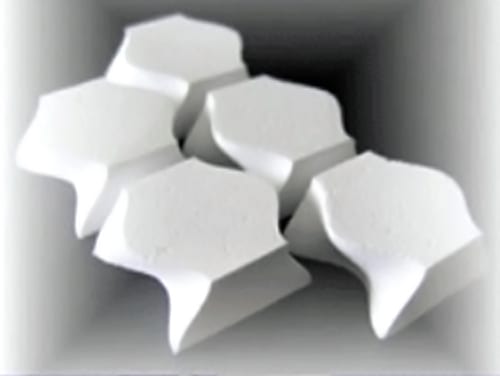

New work shows that the flexural deflection of ceramics can be increased by a factor of ten using segmented, interlocked structures.

Graphene and carbon nanotubes could improve the electronics used in computers and mobile phones, reveals new research from the University of Gothenburg, Sweden.
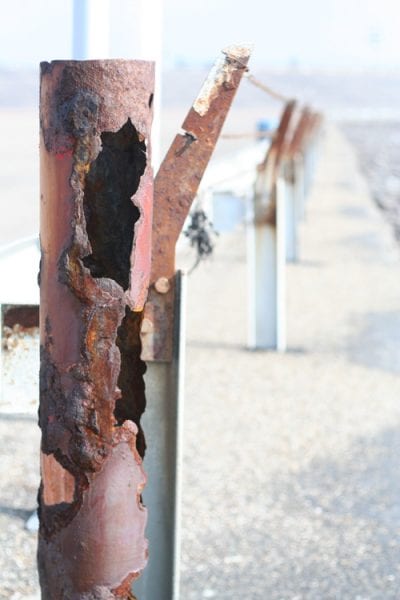
Marine environments, and seawater in particular, are extremely corrosive. Effective corrosion protection for marine constructions is an important area of development.
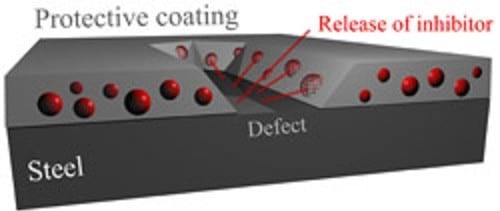
New research from MPI Dusseldorf takes aim at corrosion: a reactive system has been developed, able to deliver corrosion inhibitor to any cut on a metal surface.
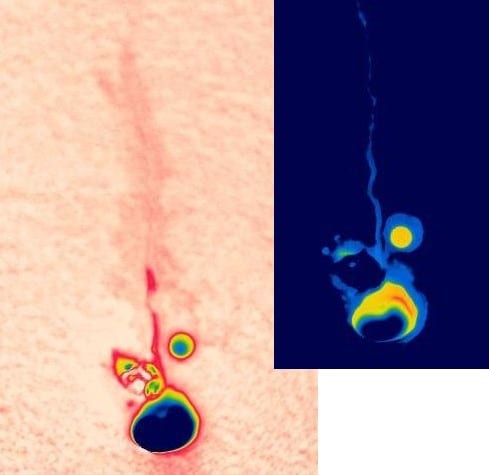
A joint research group, involving scientists from academia and industry, have been working on a way to detect corrosion behind protective coatings.
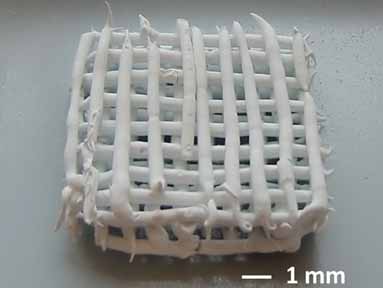
Scientists from Italy and the USA present an innovative processing method for the fabrication of 3D scaffolds for bone tissue engineering using either fused deposition or conventional hot extrusion.
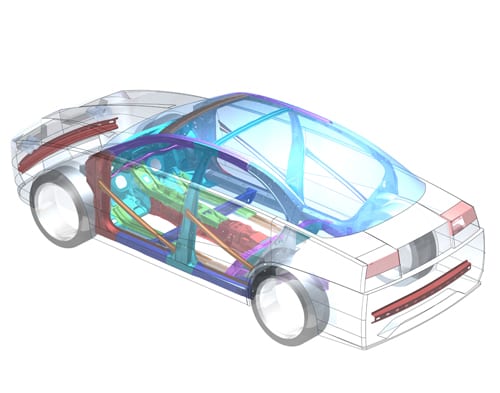
Voestalpine develop new lightweight steel construction method that could save the automotive industry millions.
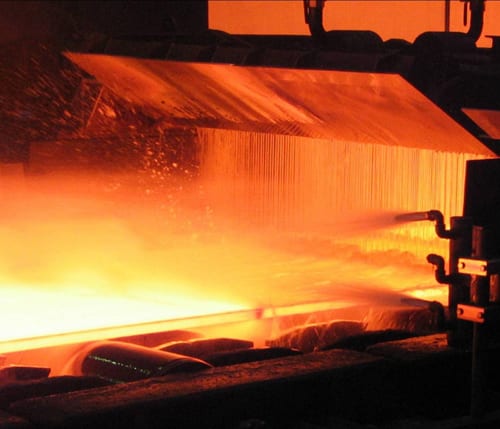
With a new technology Siemens makes the exchange of pinch rolls in hot strip mills faster.
Germany scientists manufactured knitted fabrics made of silicon carbide fiber. These knitted carbon fibers offer a superior flexibility, wide range of pore size, and a higher degree of drapability.

The less trains weigh, the more economical they are to run. A new material capable of withstanding even extreme stresses and over 35 percent lighter than their steel and aluminum counterparts has now been developed.